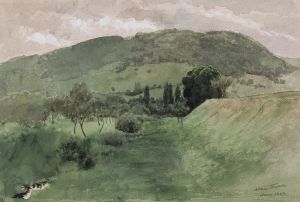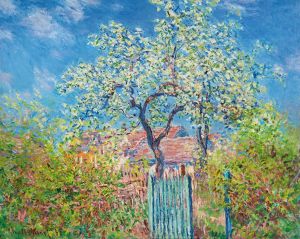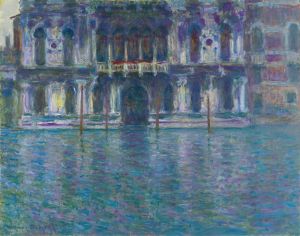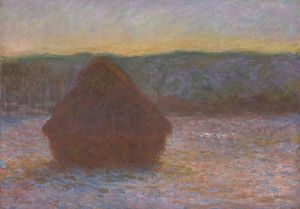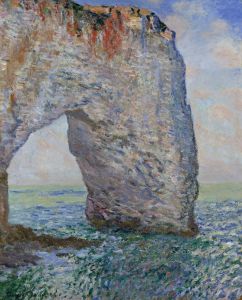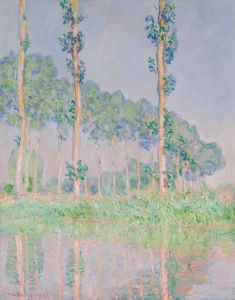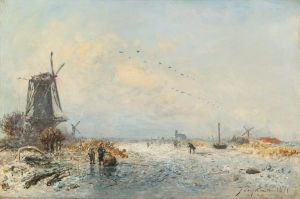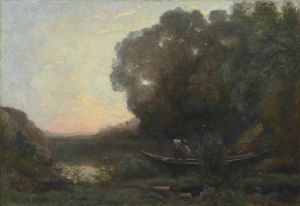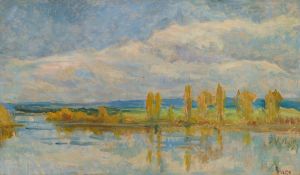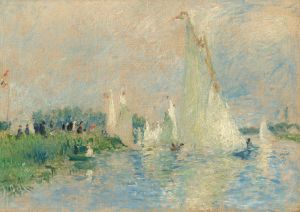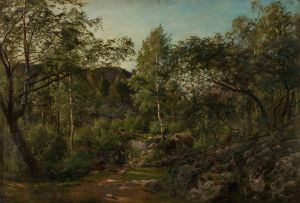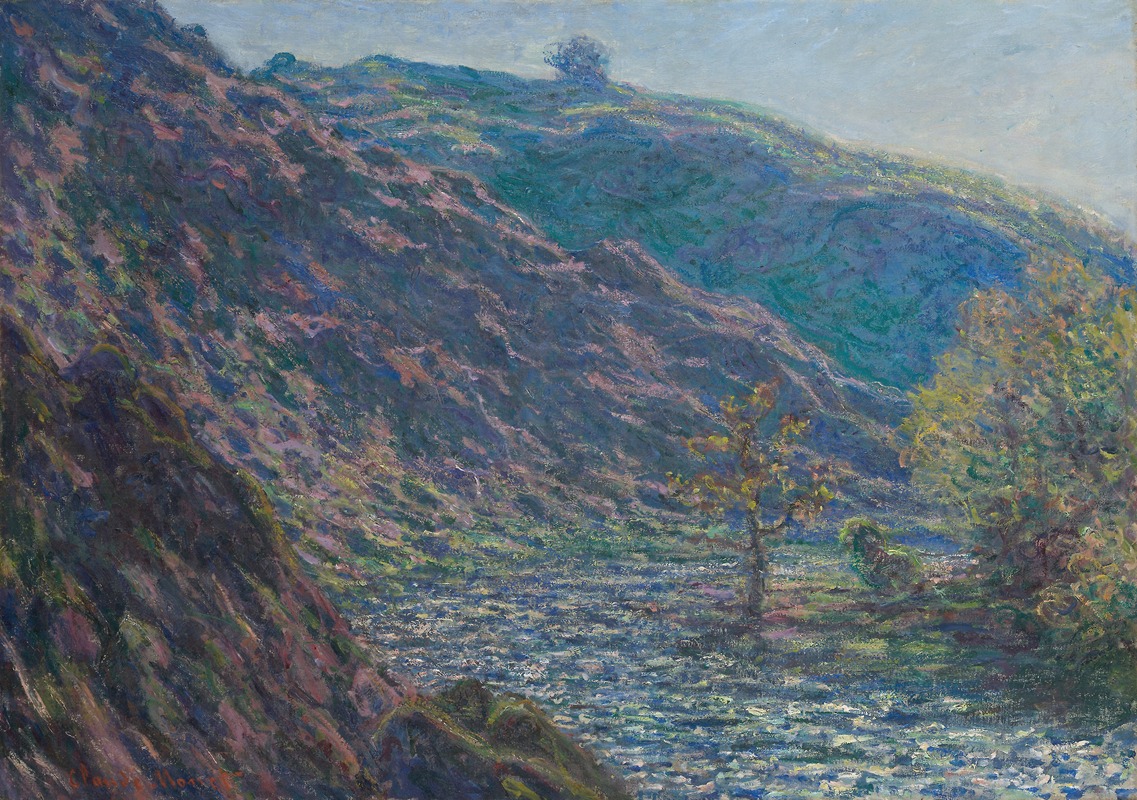
The Petite Creuse River
A hand-painted replica of Claude Monet’s masterpiece The Petite Creuse River, meticulously crafted by professional artists to capture the true essence of the original. Each piece is created with museum-quality canvas and rare mineral pigments, carefully painted by experienced artists with delicate brushstrokes and rich, layered colors to perfectly recreate the texture of the original artwork. Unlike machine-printed reproductions, this hand-painted version brings the painting to life, infused with the artist’s emotions and skill in every stroke. Whether for personal collection or home decoration, it instantly elevates the artistic atmosphere of any space.
Claude Monet's painting The Petite Creuse River is a notable work created during the artist's exploration of the French countryside in the late 19th century. Painted in 1889, this artwork captures the serene and picturesque landscape of the Petite Creuse River, located in the Creuse department of central France. Monet visited this region during a period when he was increasingly drawn to rural settings and natural scenery, seeking inspiration from the interplay of light, water, and vegetation.
The painting exemplifies Monet's Impressionist style, characterized by loose brushwork, vibrant colors, and a focus on capturing the transient effects of light and atmosphere. In The Petite Creuse River, Monet depicts the river winding through a lush, verdant landscape, with reflections shimmering on the water's surface. The composition emphasizes the harmony between the natural elements, showcasing Monet's ability to convey the beauty and tranquility of the scene.
Monet's visit to the Creuse region was part of his broader artistic journey to explore different landscapes across France. During this time, he produced a series of works that documented the area's natural beauty, often painting en plein air (outdoors) to capture the immediacy of the environment. This approach allowed him to observe and render the subtle changes in light and color throughout the day, a hallmark of his Impressionist technique.
The painting is significant not only for its aesthetic qualities but also for its reflection of Monet's deep connection to nature. By focusing on a relatively obscure and unspoiled location like the Petite Creuse River, Monet demonstrated his commitment to finding beauty in everyday, unassuming settings. This work is part of a broader tradition within Impressionism that sought to move away from grand historical or mythological subjects, instead celebrating the ordinary and the ephemeral.
Today, The Petite Creuse River is recognized as an important example of Monet's landscape painting and his dedication to capturing the essence of the natural world. The painting is held in a private collection, and its exact details, including its current location, are not widely documented. However, it remains a testament to Monet's enduring influence on the art world and his ability to transform simple landscapes into profound works of art.






